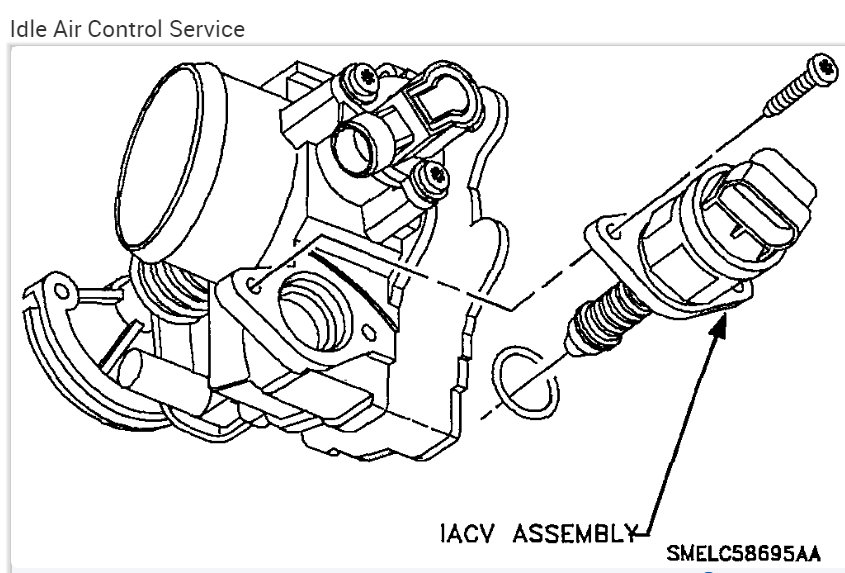Saturday, January 26th, 2019 AT 7:56 PM
Hello. Car is experiencing high rpm's. At cold start, will get to about 1,800- to 2,100 rpm's. The rpm's steadily come back down to about 1,100. From park to drive, rpm's stay about 1,100. From drive to neutral, rpm's spike to anywhere from 2,100 to 2,300 and start to come down slowly to again 1100 rpm's. From neutral, to drive, the rpm's raise to about 1,500 rpm's, then taper back down to 1,100. After car is warm from driving there is still higher rpm's. On a flat road, the car will increase speeds without touching the gas pedal. This occurs at slower speeds, around 20 to 30 mph. At this speed, put car into neutral, the rpm's stay at about 1,800 to 1,900 without any changes even though the transmission is in neutral. Putting car back in drive, the rpm's come back down to a normal rpm based on speed. From highway speeds, the car will slow down after gas pedal has been released, however, the car does not coast like it should since the gas pedal is not being pressed. The idle air control valve has been replaced as well as the throttle body cleaned with no changes. There is not an SES light or check engine light on. Temperature gauge appears to be normal and within the normal operating range.



